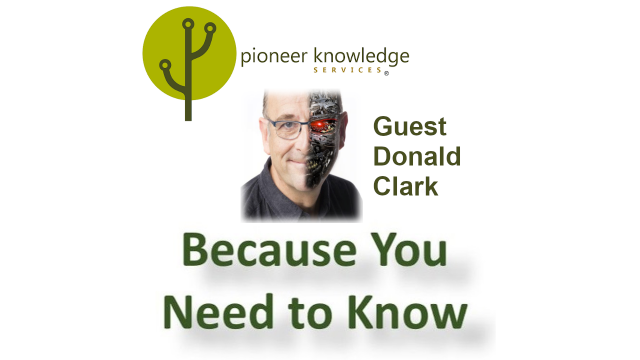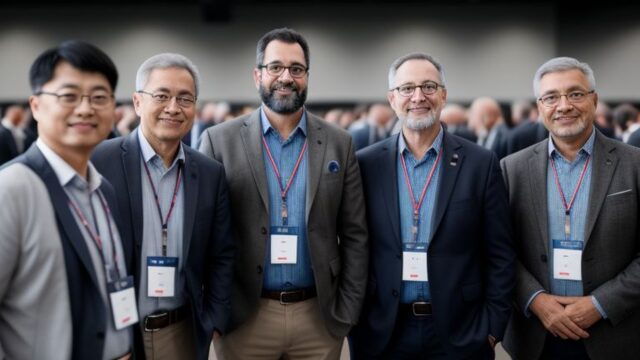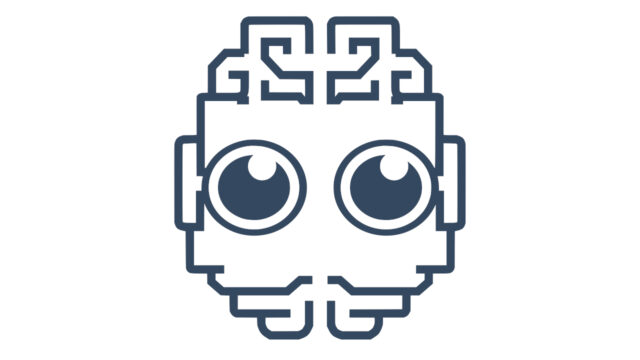
Tom Davenport sees significant potential for AI in BPM. What does this mean for knowledge management?
There’s been much discussion and debate within the knowledge management (KM) community in regard to the role of artificial intelligence (AI) in KM. Does AI have a significant role in KM? Or not? And if it does, how can anticipated benefits be maximized, and potential risks or disadvantages be minimized?
A useful perspective comes from notable KM pioneer Tom Davenport, co-author of the landmark book Working Knowledge1 with Larry Prusak. Now a highly distinguished professor, Davenport is emerging as a significant leader in the practical use of AI in organizations.
In a recent interview2 with Business & Information Systems Engineering (BISE) journal, Davenport discusses how business process management (BPM) grew out of a desire by American and European organizations to emulate what they saw as the success of the Japanese approach to quality and processes. However, since the hype of the 1990s, the popularity of BPM has declined considerably. The reasons for this include BPM being seen as a one-size-fits-all solution when it isn’t, and a replacement for other organizational structures when it shouldn’t be.
However, with the emergence of breakthrough technologies such as generative AI, Davenport sees renewed business value in BPM, stating in the interview that:
I think that you need processes in the first place to make any kind of technology work within an organization … My take is this: If you want to be successful with generative AI – or any other technology, for that matter – you need to have a clear process for it to be used. Generative AI is broad, so it can be used for a lot of different use cases – but wherever you use it, you have to establish a process.
For the new digital technologies to lead to a revitalization of process thinking, Davenport sees organizations as needing three capabilities:
- the ability to impose a process-oriented organizational structure with a light touch
- control to minimize unexplained variation, while allowing some variation to support innovation
- critical thinking to be able to decide if the output created by smart machines is correct or interesting, or whether there is anything unique about it.
What does this mean for KM?
A key criticism of the use of AI in KM is that it risks perpetuating, or even compounding, the problem of technology-focused information processes being implemented as KM solutions rather than people-focused knowledge processes. In a 2015 article3, Davenport contends that everything devolving to technology is one of the reasons for the limited success of KM.
However, as highlighted by recent research looking at the use of AI for expert identification4 and classifying unstructured text documents5, and to support integrating change management with KM6, the best results come from establishing a symbiotic relationship where AI is merged with people-centric management.
BPM can provide structure to both the technology and people aspects of this relationship, as proposed in a 2021 paper7 which explored the relationship between KM and BPM. The paper authors identified the need for knowledge-intensive business processes (kiBPs) which are characterized by high complexity and knowledge intensity. Examples include the innovation process, coordination process, creative problem-solving process, customer relationship management (CRM) process, and KM. Importantly, the kiBPs are seen as distinct from technology processes, but the technology processes also include a people component, further reinforcing people-focused KM. The technology processes comprise process-oriented KM systems (PKMS) and social BPMS (sBPMS). sBPMS refers to the engagement of relevant stakeholders throughout the BPM lifecycle through the utilization of social software.
How do we make this happen?
At the moment, many of the discussions and debates that are happening in the KM community in regard to AI are involving only KM practitioners. But, as knowledge managers should well know, the engagement of just one group of knowledge holders in decision-making on a topic relevant to multiple areas of expertise and experience is counterproductive to achieving the best outcomes.
The engagement of people with expertise and experience in AI research and practice is also essential, and a good place to start would be with the authors of the research papers referenced above, as well as the authors of the references they have used in their papers. The involvement of people who can see the helicopter view across all relevant areas is also essential. An obvious choice in this regard would be Tom Davenport. At the end of his interview, in response to the question “Apparently, you have a good sense of trends and upcoming topics. How do you know what matters to research and practice?,” Davenport advises that:
I try to talk to as many business people as I can. I’d like to say that it’s more sophisticated than that, but I’ve always believed that academics and practitioners should get together in both unstructured and structured settings. It’s talking to people about what’s happening. This kind of understanding is key to finding out what matters most.
Header image source: © tomdavenport.com.
- Davenport, T. H., & Prusak, L. (1998). Working knowledge: How organizations manage what they know. Harvard Business Press. ↩
- Grisold, T., Janiesch, C., Röglinger, M., & Wynn, M. T. (2024). “BPM is Dead, Long Live BPM!” – An Interview with Tom Davenport. Business & Information Systems Engineering. ↩
- Davenport, T. (2015, June 25). Whatever Happened to Knowledge Management? LinkedIn Pulse. ↩
- Borna, S., Barry, B. A., Makarova, S., Parte, Y., Haider, C. R., Sehgal, A., … & Forte, A. J. (2024). Artificial Intelligence Algorithms for Expert Identification in Medical Domains: A Scoping Review. European Journal of Investigation in Health, Psychology and Education, 14(5), 1182-1196. ↩
- Miric, M., Jia, N., & Huang, K. G. (2023). Using supervised machine learning for large‐scale classification in management research: The case for identifying artificial intelligence patents. Strategic Management Journal, 44(2), 491-519. ↩
- Picado Argüello, B., & González-Prida, V. (2024). Integrating Change Management with a Knowledge Management Framework: A Methodological Proposal. Information, 15(7), 406. ↩
- Monashev, M., & Krčál, M. (2021). An Overlap of Knowledge Management and Business Process Management: a Systematic Literature Review. IFKAD 2021: Managing Knowledge in Uncertain Times. ↩






